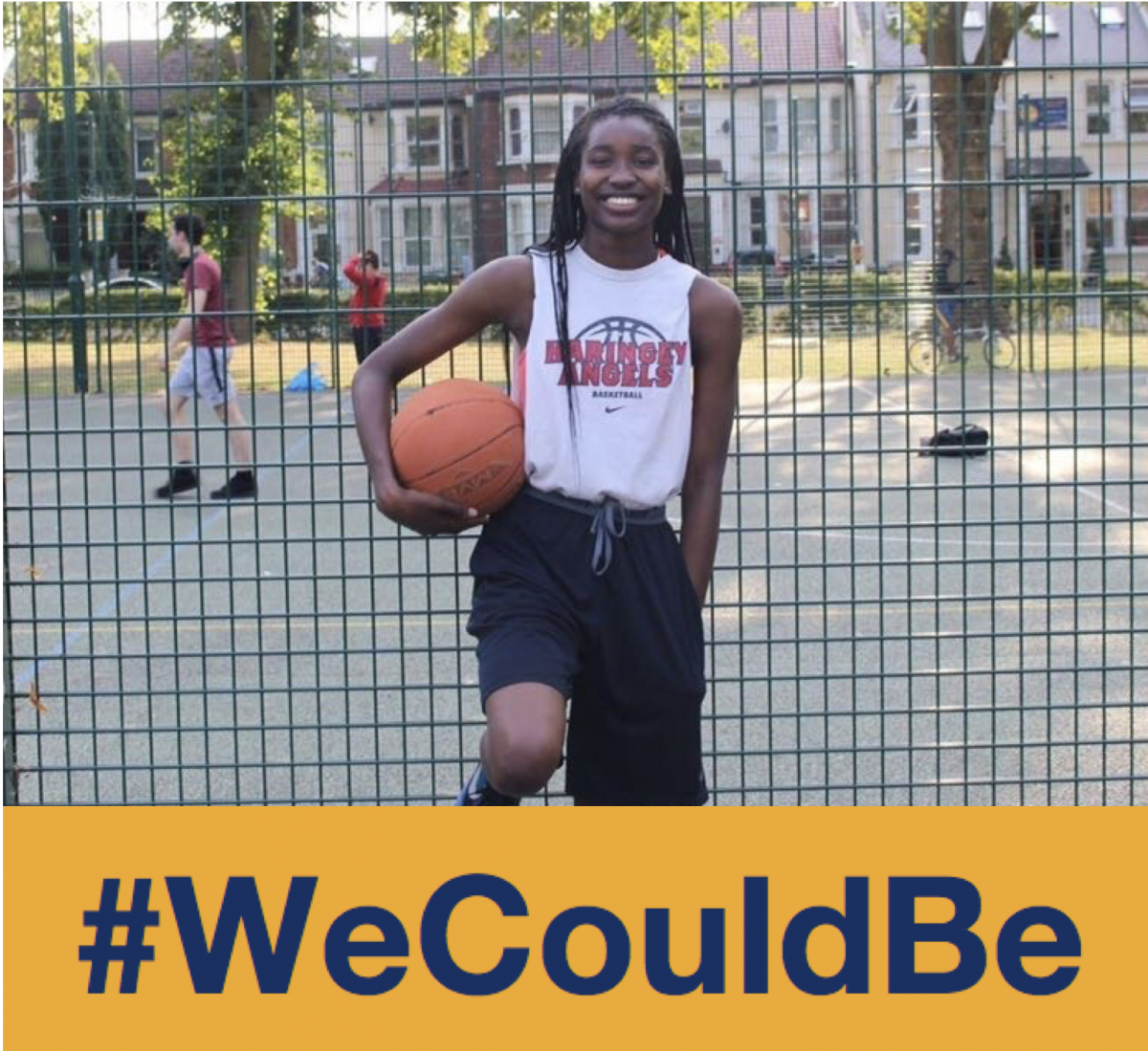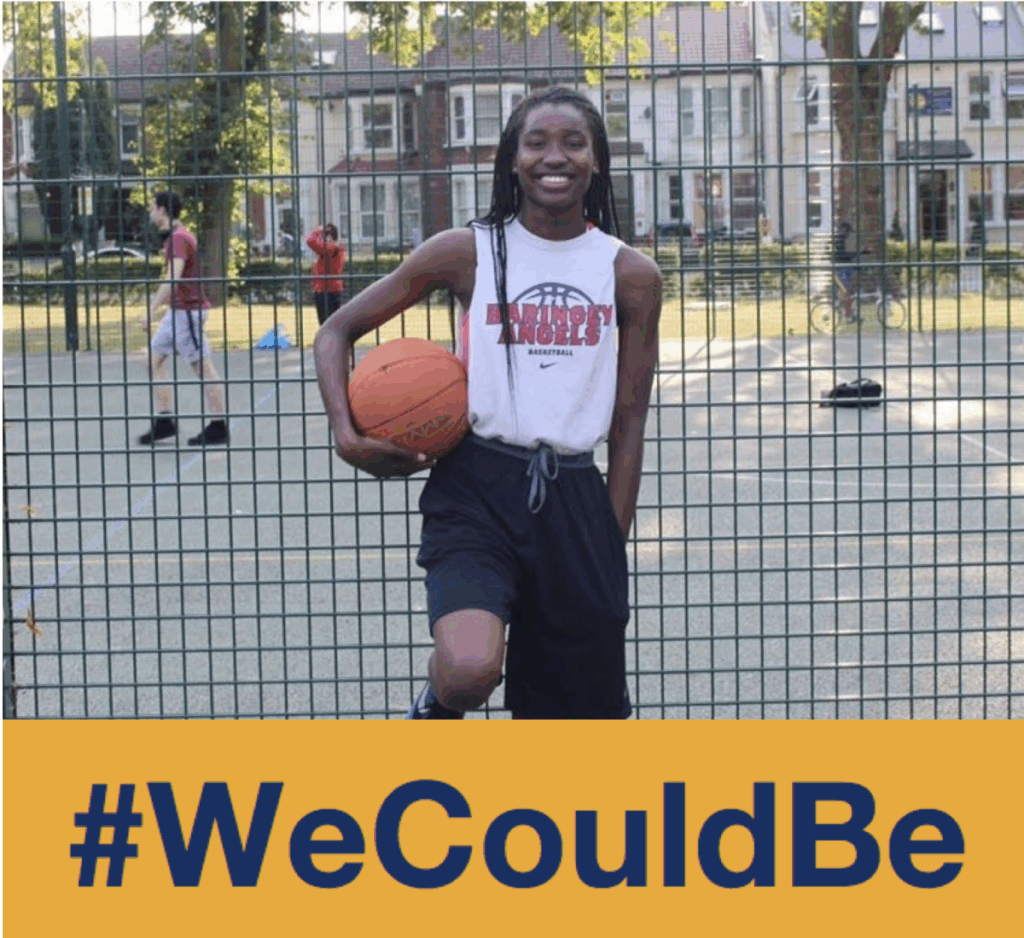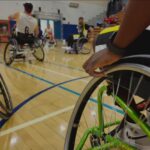I remember the sting of the cold air on my face, the scent of damp earth under my wheels, and the roar of the crowd – a sound that always felt like pure magic. For a long time, sports were just a dream, a whisper in the back of my mind. My legs, they didn’t work like other kids’. A wheelchair became my constant companion early in life, a fact that sometimes felt like a wall between me and the world I saw on television – a world of fast runners, high jumpers, and powerful swimmers. But there was another world, a parallel universe of adaptive sports, where my chair wasn’t a barrier but an extension of my will, a tool for speed and agility. That’s where the dream truly began to take shape, and where, eventually, the idea of disability sports scholarships started to glimmer like a distant lighthouse.
Growing up, the cost of everything related to my passion felt immense. A specialized racing chair wasn’t just a toy; it was a piece of high-performance equipment, priced like a small car. Travel to competitions, coaching, even the entry fees – it all added up. My family worked hard, but sometimes, the financial burden felt overwhelming. There were moments of doubt, moments when I wondered if my talent, my burning desire to compete, would ever be enough to overcome the practicalities of life. Would I ever truly be able to pursue this path, this life as an athlete, or would it forever remain a beloved hobby, constrained by what we could afford?
Then I heard whispers, then clearer conversations, about something called disability sports scholarships. At first, it sounded almost too good to be true. Scholarships? For me? For my sport? It was a concept that hadn’t really entered my orbit. Most scholarships I knew about were for academic brilliance or for able-bodied athletes. But as I dug deeper, I realized a vibrant, supportive ecosystem existed, designed specifically to help athletes like me break through financial barriers and achieve their full potential. These weren’t just handouts; they were investments in human spirit, in talent, in the belief that everyone, regardless of physical challenges, deserves a fair shot at chasing their athletic dreams.
Let me tell you, finding these opportunities felt like uncovering a hidden treasure map. It wasn’t always straightforward. There wasn’t one giant billboard advertising "Disability Sports Scholarships Here!" Instead, it was a mosaic of different organizations, universities, and foundations, each with their own focus and criteria. Some were for specific sports, like wheelchair basketball or adaptive rowing. Others were more general, looking for promising athletes with any kind of physical disability who showed dedication and potential. Some focused on academic achievement alongside athletic prowess, understanding that a well-rounded individual often makes the best ambassador.
I started by talking to my coaches. They were a goldmine of information, having seen many athletes come and go, some of whom had benefited from such programs. They pointed me towards national adaptive sports organizations, local community groups, and even specific university athletic departments known for their strong inclusive sports programs. I spent hours online, sifting through websites, reading success stories, and noting down application deadlines. It felt like a part-time job, but one fueled by a deep, unwavering hope.
One of the first things I learned was that these scholarships weren’t just about money, although the financial relief was, without a doubt, a huge part of their appeal. They were also about access – access to better coaching, state-of-the-art facilities, sports psychologists, and a community of fellow adaptive athletes who understood the unique joys and struggles of our journey. It was about being seen, truly seen, not just as someone with a disability, but as an athlete, a competitor, a valuable member of a team or a university.
The application process was intense, but it was also a journey of self-discovery. Each application asked for essays, not just about my athletic achievements, but about my story. How did I get into my sport? What challenges had I faced? What were my goals, both on and off the field? These weren’t just questions; they were invitations to reflect, to articulate my passion, to paint a picture of who I was and who I aspired to be. I remember one essay asking, "How has sport changed your life?" It was easy to write. Sport hadn’t just changed my life; it had given me a life beyond what I thought was possible. It gave me strength, discipline, resilience, and a sense of belonging.
I had to gather recommendation letters from coaches, teachers, and even community leaders who had seen my dedication firsthand. They spoke about my work ethic, my positive attitude, and my ability to inspire others. My academic transcripts were crucial too. While athletic performance was key for these types of scholarships, many programs also wanted to ensure I could handle the academic rigor of college life. It wasn’t enough to be fast on the track; I needed to show I could also excel in the classroom. This balance, the pursuit of excellence in both mind and body, became a defining aspect of my journey.
There were videos to submit – footage of my races, my training sessions, showcasing my technique and my competitive spirit. I learned how to edit clips, how to highlight my best moments, and how to present myself as a serious contender. It felt like I was creating a mini-documentary of my athletic life, a visual resume that spoke volumes about my commitment.
The waiting period after submitting applications was agonizing. Every email notification sent a jolt of anxiety and excitement through me. There were rejections, of course. That’s part of the process. It taught me resilience, to brush myself off and keep pushing forward, to not let a "no" deter me from my ultimate goal. But then, there were the acceptances. The first one felt like winning a gold medal. It wasn’t just an acceptance letter; it was an affirmation, a validation of all the hard work, all the early mornings, all the sacrifices.
Receiving that first disability sports scholarship wasn’t just about the money that would help cover tuition or equipment. It was about the door it opened. It allowed me to attend a university with an incredible adaptive sports program, where I had access to world-class coaching and facilities. I trained alongside other incredible para-athletes, pushing each other to new heights. We shared stories, celebrated victories, and commiserated over defeats. That sense of community, of being part of something bigger, was invaluable. It transformed my experience from a solitary pursuit into a shared adventure.
Through these sports scholarships for individuals with disabilities, I wasn’t just getting an education and pursuing my athletic dreams; I was building a future. The skills I learned on the track – discipline, goal-setting, teamwork, perseverance – translated directly into my academic life and beyond. I learned how to manage my time effectively, balancing demanding training schedules with a full course load. I learned how to deal with pressure, both in competition and during exams. These were life lessons, woven into the fabric of my scholarship experience.
What advice would I give to someone just starting out, someone with a burning passion for adaptive sports but unsure how to navigate the world of funding for disabled athletes? First, start early. Research is your best friend. Look for disability sports grants, college scholarships for athletes with disabilities, and programs offered by various foundations. Don’t limit yourself to just one type of scholarship; explore everything from academic scholarships with an athletic component to specific sports grants for your chosen discipline.
Second, tell your story. Authenticity is key. Scholarship committees aren’t just looking at your times or your grades; they want to know who you are, what drives you, and how you’ll make a positive impact. Your journey as a disabled athlete is unique, full of triumphs and challenges that shape your character. Don’t be afraid to share that. It’s your superpower.
Third, be persistent. The path to securing these inclusive sports opportunities might be long and winding. You might face setbacks, but don’t give up. Every application, every rejection, every small victory is a learning experience. Keep refining your essays, keep asking for feedback on your athletic profile, and keep training hard. Your dedication will shine through.
Fourth, network. Talk to everyone you can. Your coaches, your teammates, other athletes who have received scholarships, university admissions counselors, and representatives from adaptive sports organizations. The adaptive sports community is incredibly supportive, and often, the best information comes from word-of-mouth. Someone you know might have a lead on a scholarship you never even knew existed.
Fifth, focus on being a well-rounded individual. While athletic prowess is vital for para-athlete funding, academic performance and community involvement also play a significant role. Show that you’re not just dedicated to your sport but also to your education and to making a difference in the world around you. This demonstrates maturity, responsibility, and the potential for future leadership.
The impact of my disability sports scholarship went far beyond my college years. It provided the foundation for my athletic career, allowing me to compete at national and international levels. It opened doors to opportunities I never imagined, connecting me with mentors and friends who have enriched my life immensely. More than that, it instilled in me a deep sense of gratitude and a desire to pay it forward. I now spend some of my time mentoring younger adaptive athletes, sharing my experiences, and helping them navigate the very same pathways I once walked.
These scholarships for disabled athletes aren’t just about financial aid; they’re about empowerment. They’re about recognizing the incredible talent, resilience, and determination that exists within the adaptive sports community. They represent a belief in the power of sport to transform lives, to build confidence, and to create pathways to higher education and meaningful careers. They’re about leveling the playing field, ensuring that passion and talent, not financial constraints or physical differences, are the ultimate determinants of success.
So, if you’re an athlete with a disability, or if you know someone who is, and you’re dreaming of competing at a higher level, of getting an education, of making your mark – please know that these opportunities exist. The journey might require effort, perseverance, and a lot of paperwork, but the rewards are immeasurable. These scholarships are more than just money; they are keys to unlocking potential, to building a future, and to turning those whispers of dreams into the triumphant roar of achievement. My own journey stands as a testament to that truth. The cold air on my face, the scent of damp earth, the roar of the crowd – these moments are no longer just dreams; they are my reality, made possible by the incredible support of disability sports scholarships. And if they can do it for me, they can certainly do it for you.



